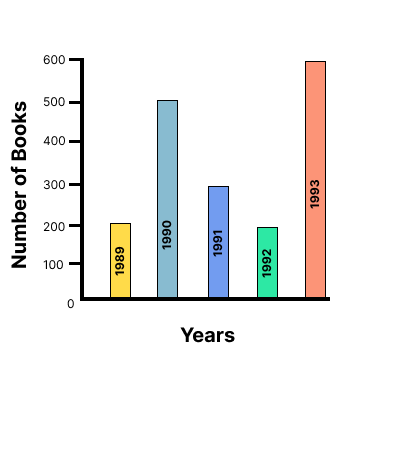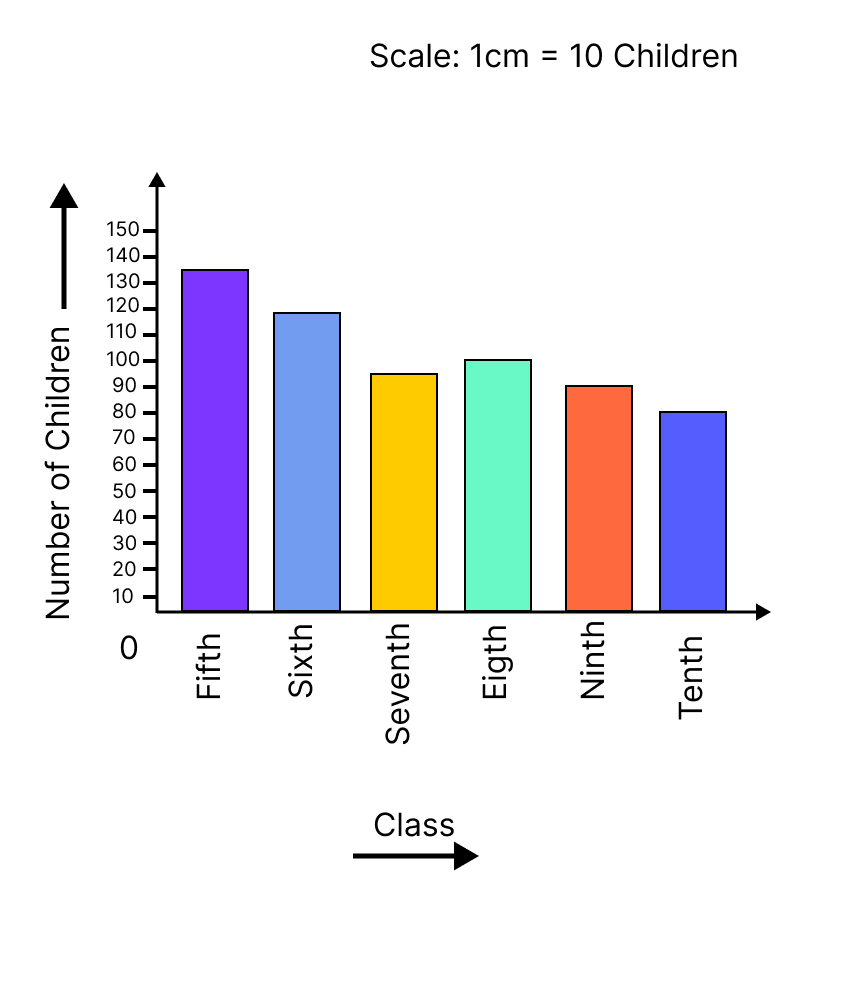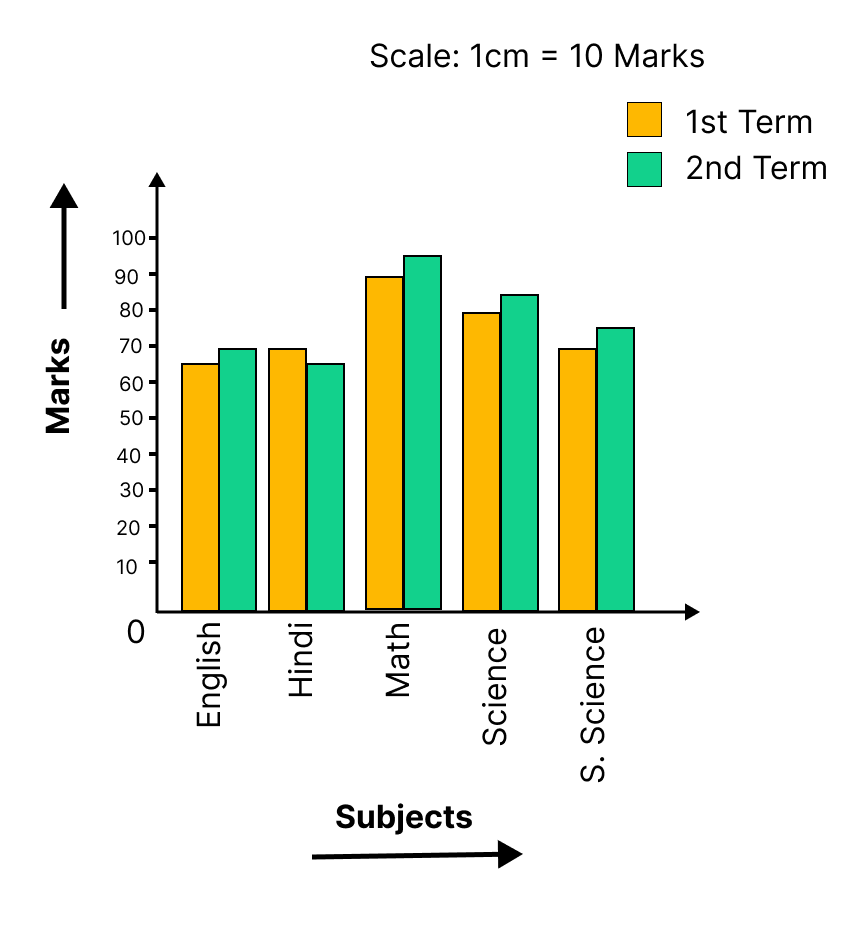NCERT Solutions For Class 7 Maths Chapter 3 Data Handling Exercise 3.3 - 2025-26
FAQs on NCERT Solutions For Class 7 Maths Chapter 3 Data Handling Exercise 3.3 - 2025-26
1. How do you solve for the arithmetic mean in the NCERT Solutions for Class 7 Maths Chapter 3?
To find the arithmetic mean, you follow a simple two-step method as per the NCERT guidelines. First, add up all the observations in the given dataset. Second, divide the sum by the total number of observations. The result is the mean, which represents the average value for the problem.
2. What is the correct method to find the range of a dataset as per Chapter 3, Data Handling?
The correct method to calculate the range is to first identify the highest and lowest values in the dataset. Then, subtract the lowest value from the highest value. The formula is: Range = Highest Observation - Lowest Observation. This step is crucial for understanding the spread of data in an exercise.
3. How do you determine the mode for a set of observations in the Class 7 Maths NCERT solutions?
To find the mode, you must first arrange the data to make counting easier. The mode is the observation that appears most frequently in the dataset. For example, in the data set {2, 3, 4, 3, 5, 3}, the number '3' appears most often, so the solution for the mode is '3'. A dataset can have more than one mode.
4. What is the step-by-step process for finding the median in NCERT Class 7 Maths Chapter 3?
The correct process for finding the median involves these steps:
- First, arrange the given data in ascending or descending order.
- Next, count the total number of observations (n).
- If 'n' is an odd number, the median is the middle value, which is the ((n+1)/2)th observation.
- If 'n' is an even number, the median is the average of the two middle values.
5. How are questions on double bar graphs solved in the exercises for Chapter 3?
To solve problems using a double bar graph, you must first understand what each bar represents, as the graph compares two sets of data side-by-side. To find a solution, you should:
- Read the title and the axes to understand the data.
- Use the scale on the y-axis to determine the value of each bar.
- Compare the heights of the two bars for a specific category to find the difference, sum, or ratio as asked in the question.
6. Why is choosing between mean, median, and mode crucial for correctly solving problems in Data Handling?
Choosing the correct representative value is crucial because each one provides a different insight into the data, which affects the solution's accuracy.
- The mean is best for a general average but can be misleading if there are extreme values (outliers).
- The median provides a better solution for the central point when the data has outliers.
- The mode is the only measure that can be used for categorical data and helps find the most frequent item.
7. What are the common mistakes to avoid when solving problems in Chapter 3, Data Handling, for the 2025-26 session?
Common mistakes to avoid for an accurate solution include:
- Forgetting to arrange the data in ascending order before finding the median. This is the most frequent error.
- Calculating the mean by dividing by the wrong number of observations.
- Misreading the scale on a bar graph, leading to incorrect data values.
- When solving for the mode, only listing one number when there might be multiple modes.
8. How does calculating the range help in providing a complete solution for a data problem?
While the mean, median, and mode describe a central value, the range provides crucial context about the data's spread. A small range indicates that the data points are clustered, making the mean a reliable representative value. A large range suggests the data is widely spread and might contain outliers, indicating that the median might be a more appropriate measure for the solution.
9. What is the correct way to label the axes when constructing a bar graph for an NCERT exercise?
To correctly construct and solve problems with a bar graph, the horizontal axis (x-axis) should represent the categories of data (e.g., subjects, years, favourite colours). The vertical axis (y-axis) must represent the numerical values or frequency. It is essential to choose an appropriate and consistent scale for the y-axis that covers the full range of data and is easy to read.
10. When a problem requires comparing data for two groups, why is a double bar graph the correct tool for the solution?
A double bar graph is the correct tool because it is specifically designed for direct, visual comparison of two related datasets across the same categories. For each category (e.g., a student), you can place two bars side-by-side—one for each group (e.g., marks in Test 1 vs. Test 2). This allows for an immediate comparison, making it a more efficient method for solving such problems than using two separate single bar graphs.































